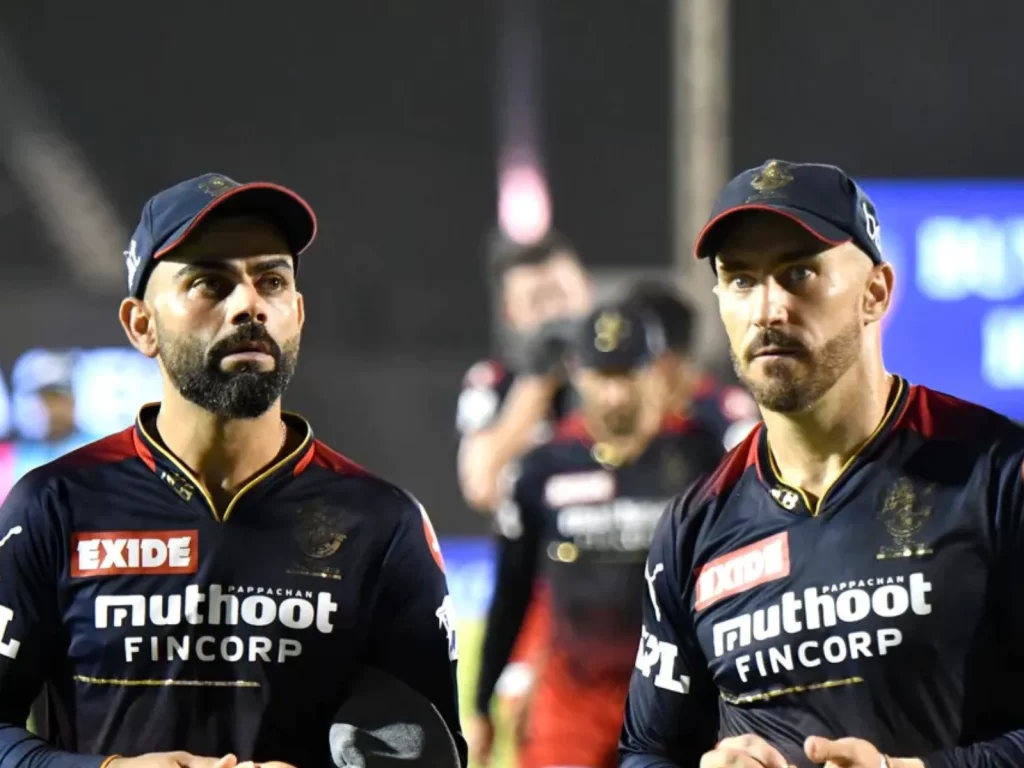IPL 2023 Playoff: The calculators are out for the RCB fans because it’s that time of the tournament where, since RCB won’t be able to qualify for the top 2, and they have not yet sealed a spot in the playoffs, it is down to the last day of the IPL 2023 season where RCB are almost there, but a loss could be detrimental totally to theirs reaching the playoffs.
And therefore, the calculation of Net Run Rate (NRR) has begun. The margin of win, how much to score, in how many overs to chase down, if we score this much at how much should we restrict them, etc, etc.
Speaking of that, many fans don’t have much idea about how the Net Run Rate (NRR) is calculated.
Worry not, we have got this covered for our readers.

NRR is used as a tie-breakers between teams at the same number of points in the points table in multi-team white-ball tournaments around the world.
How Is Net Run Rate (NRR) Calculated?
Net run rate (NRR) is calculated as: average runs per over scored by the team throughout the competition – average runs per over conceded by the team throughout the competition.
In the case of a team being all bowled out in less than the full quota of overs, the calculation of its NRR shall be based on the full quota of overs to which it would have been entitled and not on the number of overs in which the team was dismissed.
To keep in mind is that only completed matches – that is in which there is a result – will count for the purpose of NRR calculations.
Further, here is the NRR rules in the matches involving DLS.
Where a match is abandoned, but a result is achieved under Duckworth/Lewis, for net run rate purposes Team 1 will be accredited with Team 2’s Par Score on abandonment off the same number of overs faced by Team 2. Where a match is concluded but with Duckworth/Lewis having been applied at an earlier point in the match, Team 1 will be accredited with 1 run less than the final Target Score for Team 2 off the total number of overs allocated to Team 2 to reach the target.

